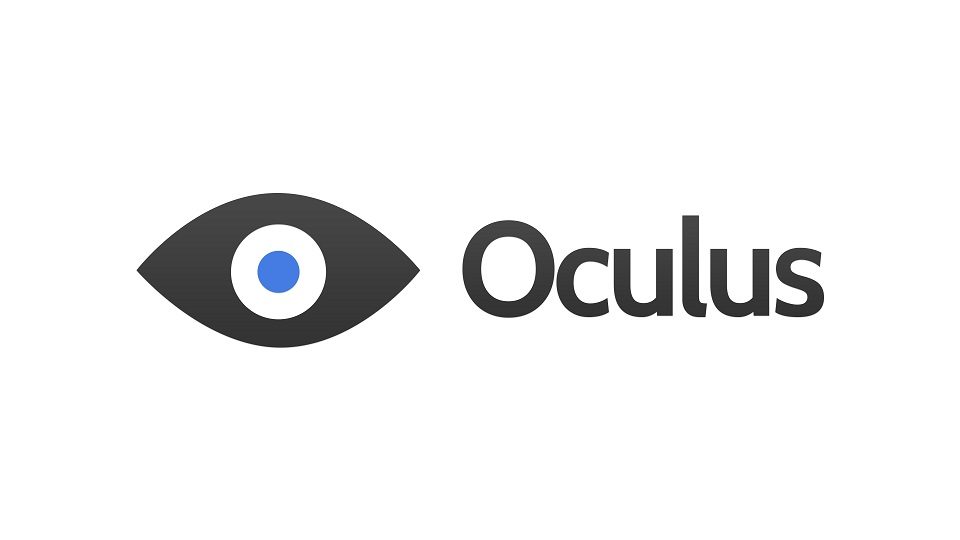 Yesterday Oculus announced that they’re acquiring Nimble VR, which launched a Kickstarter in October to fund creation of their motion input camera designed for VR headsets. Along with Nimble VR, 13th Lab and Chris Bregler also join the Oculus family.
Yesterday Oculus announced that they’re acquiring Nimble VR, which launched a Kickstarter in October to fund creation of their motion input camera designed for VR headsets. Along with Nimble VR, 13th Lab and Chris Bregler also join the Oculus family.
Just prior to the end of their Kickstarter campaign, Nimble VR cancelled the project, effectively refunding more than $135,000—more than twice their goal—that had been pledged by backers. The cancellation of the project was accompanied by an update to the campaign:
Today, we’re happy to share that we’ll be joining forces with Oculus, a team that is creating an entirely new medium, platform and industry. We’re excited not only to continue to push at the boundaries of input and user experience in VR, but to do so with the resources and means to make a bigger impact on a larger audience.
Confirmation came shortly thereafter on a post to the official Oculus blog. The post shows that Nimble VR was part of a slew of acquisitions in the computer vision category, including the Stockholm based 13th Lab, as well as the cinematic visual effects expert Chris Bregler.
Although Facebook acquired Oculus back in March for $2 billion, the company appears to be allowing their now VR arm operate with great autonomy. The language used in Oculus’ announcement was not that these companies are joining Facebook but that they are “acquisitions joining the Oculus team.” Interesting.
13th Lab, a company focused on real-time 3D tracking of real-world environments for mobile devices, has created some pretty intriguing stuff in the past few months using a smartphone’s stock sensors and cameras.
Before their acquisition, the heart of their business was in developing applications like their yet unreleased app Rescape, which uses their smartphone-driven computer vision and sensor fusion system through something called SLAM, or simultaneous localization and mapping. Simply put, SLAM lets you determine your position in an unmapped territory, which in turn has allowed the team to create augmented reality applications that no longer depend on the use of a unique marker for virtual object stabilization.
“Although somewhat straight-forward in theory, SLAM is very demanding in terms of processing power. We are therefore extremely proud that we were the first company able to take visual SLAM to consumer-grade devices. We are still unchallenged in terms of robustness and speed,” the company previously stated on their website.
In short, all of this makes it possible for 13th Lab to position objects in augmented reality and even create complete virtual overlays in real-time.
Oculus’ other addition, Chris Bregler, was up until recently a Professor of Computer Science at NYU’s Courant Institute and director of the NYU Movement Lab, a “motion capture studio and research group dedicated to the analysis and animation of all forms of human movement.”

Bregler is widely considered an expert in the field of visual motion tracking, having most recently worked as a consultant for Industrial Light & Magic, principally working on video tracking for the studio’s The Lone Ranger (2013) and Star Trek Into the Darkness (2013). Bregler also worked as a consultant for Disney, working specifically on facial animation and motion capture.
According to Oculus’ post, you better not hold your breath if you’re still waiting on your little Nimble Sense camera or Rescape smartphone app.
Nimble VR, 13th Lab, and Chris will all be winding down their existing projects to focus on VR full-time at Oculus as part of both product engineering and Oculus Research. Please join us in welcoming them to the team!
So what did Oculus buy exactly? Your guess is as good as ours at this point, but frankly we’re hoping to see the technologies wed in a magnificent flurry of integrated hand and positional tracking—possibly doing away with external DK2-style infrared cameras altogether, and maybe even coming heading to the mobile VR world. We have passthrough cameras on our wishlist too, but that’s only because sushi just tastes better that way.







